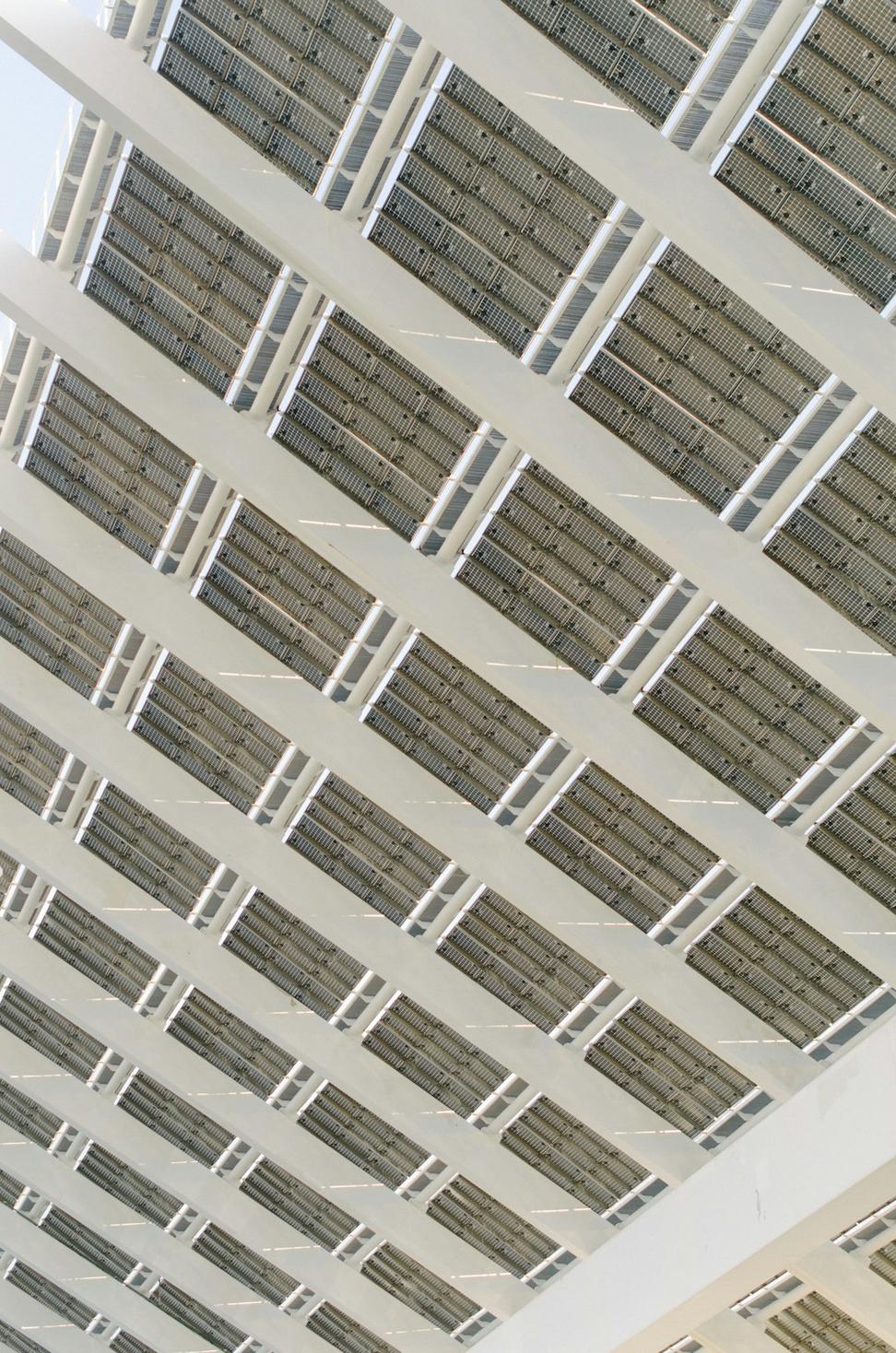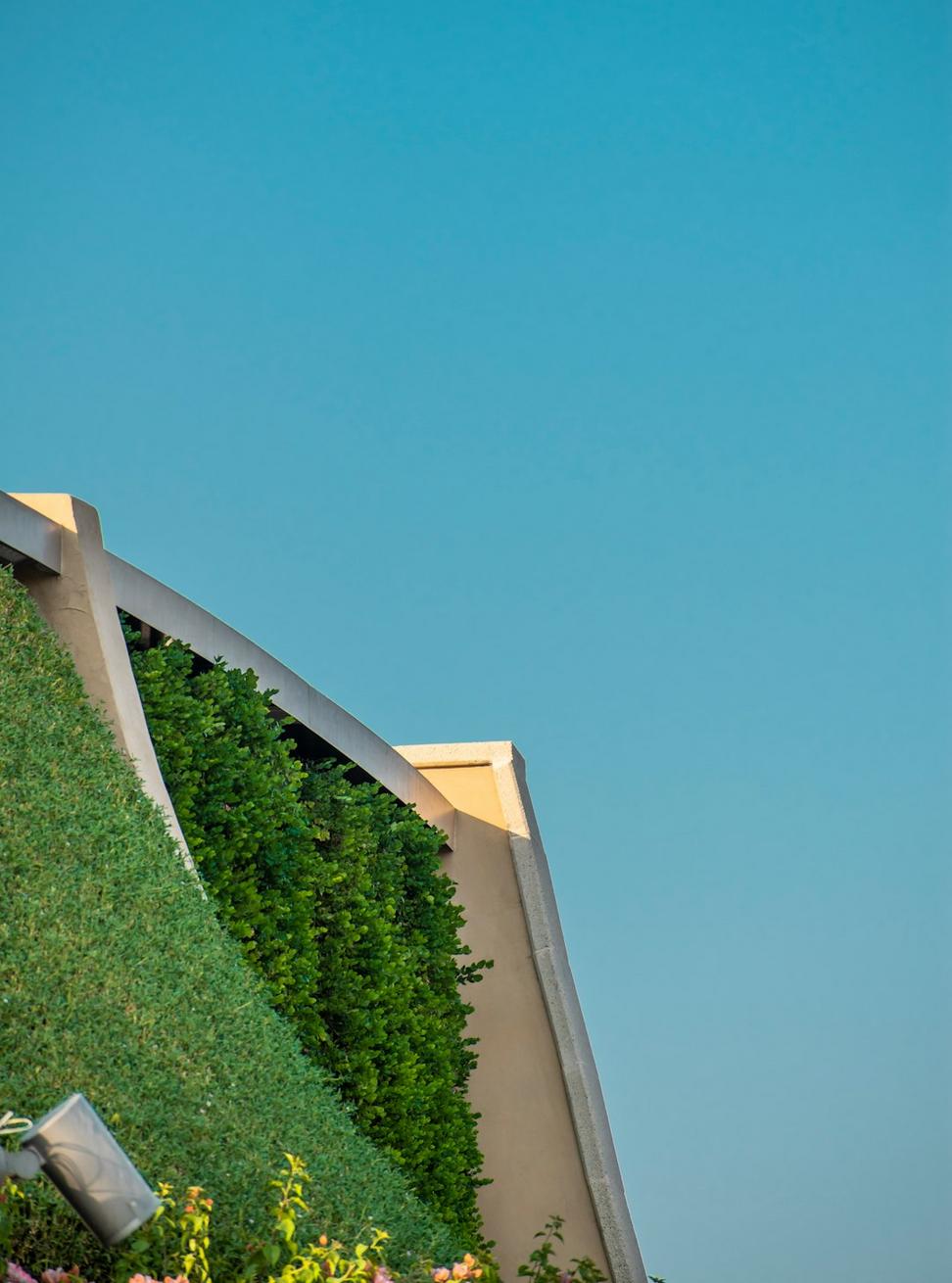
Energy Performance That Actually Works
We've learned the hard way that passive solar design isn't just about slapping some south-facing windows on a building and calling it a day. It's about understanding how light moves through spaces throughout the year.
Triple-Glazed Performance
Yeah, they cost more upfront. But when you're not bleeding heat through your windows for 30 years, the math gets pretty straightforward.
Smart HVAC Integration
Systems that learn and adapt. We've seen energy bills drop by half just from properly zoned heating and cooling.
Renewable Integration
Solar, geothermal, whatever makes sense for the site. We're not dogmatic - we're practical.
